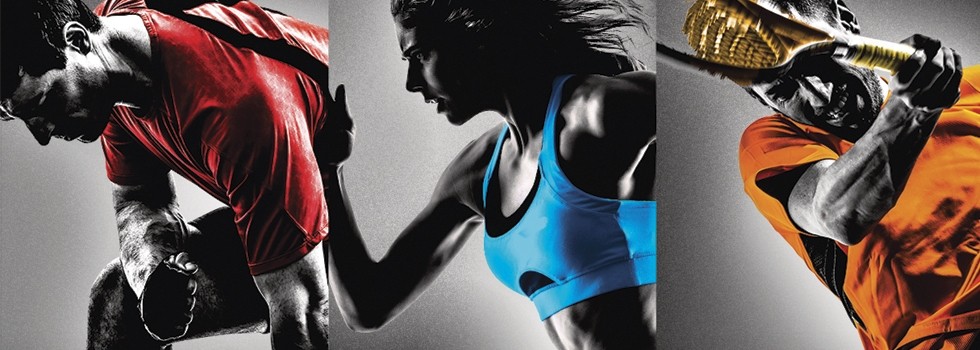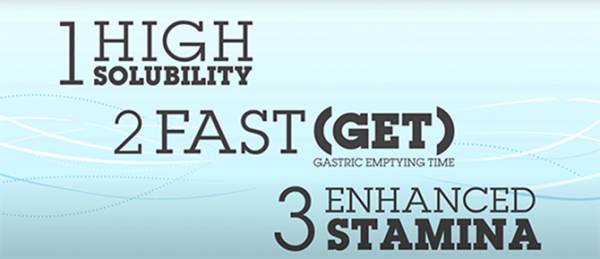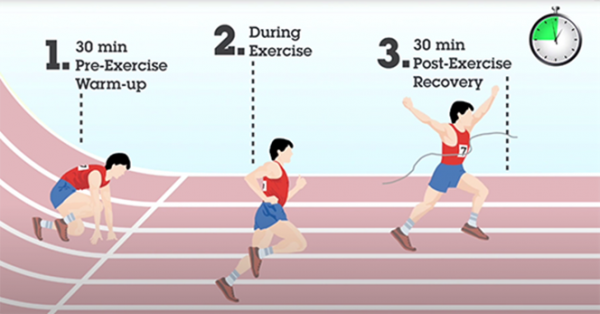Promotional Features
Discover Quick Endurance from Corn
Cluster dextrin from corn has versatile properties to assist consumers in generating endurance quickly, enhancing workout and competition goals.
Endurance is a characteristic millions of people seek as lives become more stressful and packed with more obligations and activities – especially when engaging in fitness, training and competition.
A substance naturally found in corn is the basis for an ingredient suitable for sports nutrition and energy supplements, beverages and bars. Cluster Dextrin (highly branched cyclic dextrin) is a fresh, sustainable and versatile type of dextrin. Japanese enzymology specialist Glico Nutrition Co. has successfully achieved industrial production of Cluster Dextrin by applying its unique technology in enzymology.
It is manufactured by applying an enzyme called a branching enzyme to cornstarch. The branching enzyme works on the joint of the cluster structure of amylopectin and degrades it by cyclization. Thus, Cluster Dextrin maintains the cluster structure, which is the basic structural unit of amylopectin, nearly as it is. Technically speaking, the branching enzyme is: BE,1,4-α-D-glucan: 1,4-α-D-glucan 6-α-D-(1,4-α-D-glucano)-transferase,EC 2.4.1.18.
Cluster Dextrin is a functional carbohydrate that provides quick and sustainable energy to significantly enhance performance during exercise and sports. It is made from non-GMO waxy corn starch utilizing Glico’s original enzyme technique. Cluster Dextrin is highly uniform in its molecular structure, highly water-soluble and the solution allows a quick supply through the stomach into the intestine. Compared to traditional carbohydrate sources like glucose and dextrose, Cluster Dextrin is clinically proven to enhance stamina, reduce intestinal discomfort and filling of fatigue as well as suppress inflammatory stress.
Physical exertion in the gym or in competition produces an increased concentration of noradrenaline, as well as increasing amounts of cytokines including Interleukin (IL)-8, (IL)-10, and (IL)-12p40. Another effect of sustained exertion is inflammation, which hastens fatigue and increases risk of injury and illness.
In a randomized, double-blind, placebo-controlled crossover study, researchers examined fluid samples of seven male triathletes before and after they engaged in two duathlon trials. The duathlon is an exhaustive race that constitutes running for 5 kilometers, then cycling 40 km, and another run of 5 km. Participants consumed a 5 percent HBCD-based drink (Cluster Dextrin) or a 5 percent glucose-based drink (control) in quantities of 200 milliliters following the running phase, 1000 ml during the cycling phase, and another 200 ml for the next running cycle.
Post-duathlon urinalyses showed the Cluster Dextrin group had lower concentrations of stress-related cytokines, and that noradrenaline concentration increased substantially in the glucose-based beverage group compared to the supplement group.
Parallel testing to measure the subjective endurance capacities of seasoned swimmers corroborated the results of these athletes’ pre- and post-race blood and urine biochemical analyses.
“Cluster Dextrin outperformed glucose in a grueling physical regimen, by suppressing the release of stress hormones, including cytokines, and also reducing the inflammatory response induced by intense exercise,” explains Hiroki Himeno, PhD, of Glico Nutrition Co., Ltd.
In an earlier study 24 male athletes took 15 g Cluster Dextrin or maltodextrin prior to a cycling exercise. Tests showed that during cycling exercise, the Cluster Dextrin athletes performed better than those who took the same amount of a maltodextrin. After 30 minutes of exercise, those in the Cluster Dextrin group reported a significantly reduced level exhaustion than those in the maltodextrin group.
In this study, those in the Cluster Dextrin group also exhibited higher blood sugar levels. Cluster Dextrin maintains a slow release and breakdown in the small intestine, compared to the rapid breakdown of low-molecular weight carbohydrates, which spikes the insulin release into the bloodstream. Higher blood sugar levels suggest that Cluster Dextrin provides a pronounced benefit in promoting endurance and reducing fatigue during exercise. The result: superior carbohydrate absorption and superior endurance.
Dr. Himeno explains, “When Cluster Dextrin forms the energy foundation of a sports drink, its high-solubility and fast gastric emptying time bring it rapidly to the small intestine, where it breaks down then enters the bloodstream, while maintaining high blood sugar. This makes it the most appropriate supplement yet developed for use in drinks supporting high endurance activities.”
Cluster Dextrin has been on the market in Japan since 2002 as a food material, and is used in sports nutrition, and to improve the taste or physical properties of food. Uses of Cluster Dextrin include as a component of a sports drink and as a spray-drying aid.
Manufacturing Values
Cluster Dextrin also has another value proposition – it is a naturally effective taste masker. Cluster Dextrin can improve the sour or bitter taste of vinegar- or vegetable-based beverages. The low pH of such beverages gives them a strong sour taste, which is too sharp or unpleasant for many consumers. The addition of Cluster Dextrin ameliorates the sour taste without altering the pH. In this manner, Cluster Dextrin is also effective for improvement of bitterness associated with green tea.
Glico’s Cluster Dextrin Glico is used commonly by manufacturers in Japan to modify flavor profiles. Glico performed a focus group taste test with 10 volunteers to obtain feedback about taste comparisons of various BCAA-containing beverages. The three beverage samples were: a 1.6% solution of BCAA, 1.6% BCAA plus 0.75% of citric acid, and 1.6% BCAA plus 0.75% of citric acid with 2% Cluster Dextrin. Each was rated on a five-point scale. “The results were clear. The Cluster Dextrin stands head and shoulders above the others in drinkability. This sample was preferred and deemed best tasting by all 10 volunteers,” comments Dr. Himeno.
Other value points Cluster Dextrin brings to R and D include:
- High solubility in water
- Sustained stability during storage.
- Cluster Dextrin contributes little to osmotic pressure, and has a relatively low propensity for retrogradation, sludging, and/or caking of a clear solution.
- Minimal moisture absorption and browning. These properties make Cluster Dextrin excellent for use in a spray-drying aid.
Cluster Dextrin is not only versatile, it is clinically shown to accelerate and provide sustained endurance over other energy ingredients.



